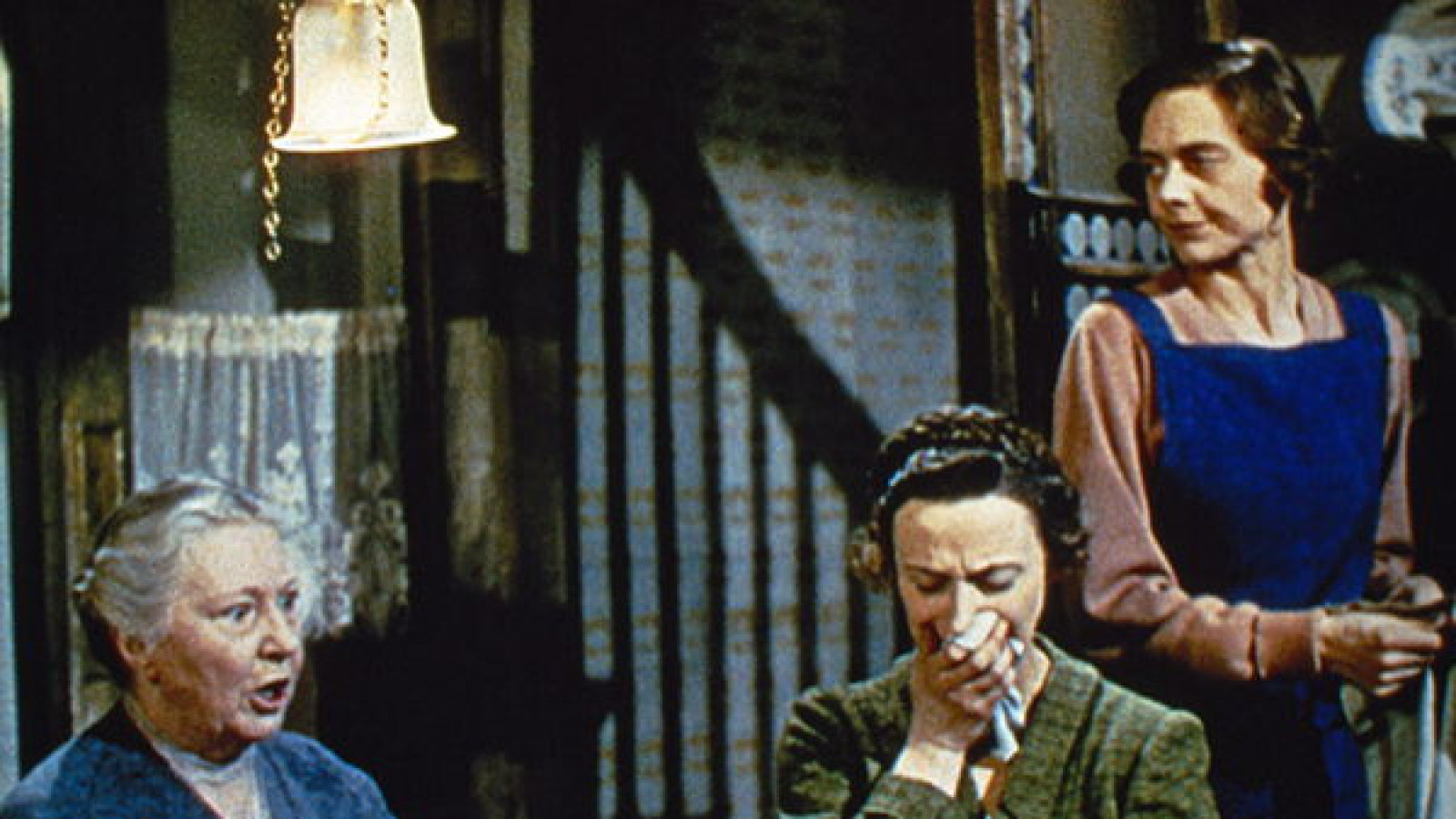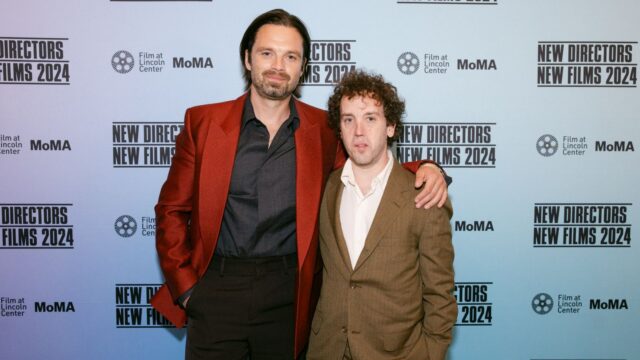This Happy Breed

This Happy Breed might as well have been called Cavalcade 2. The film’s Gibbons family is a middle-class version of Cavalcade’s well-to-do Marryots, and Coward similarly follows their lives and the events that affect them from the day they move into their Clapham house in 1919 until the day they leave it in 1939. The telling final shot pulls up and away to show that it is one of dozens of identical houses—homes of “this happy breed” in “this blessed plot, this earth, this realm, this England.” In his first solo directing assignment, David Lean makes the house a character in the film. By the time we leave, we feel like we’ve lived in it, alongside the Gibbonses, through the Great Depression, the General Strike and the Abdication of Edward VIII. When Cavalcade was written in 1931, there was a feeling that surely normality had now returned to England. Ten years later, in This Happy Breed, there is a certainty that another “war to end all wars” is inevitable and imminent. As Frank Gibbons (Robert Newton) talks to his infant grandson in his pram, there is more than a little wishful thinking in his statement that “The ordinary people like you and me, we know what we belong to, where we come from and where we’re going.” When Coward wrote the original play in 1939, nobody had the faintest idea of what lay ahead.






